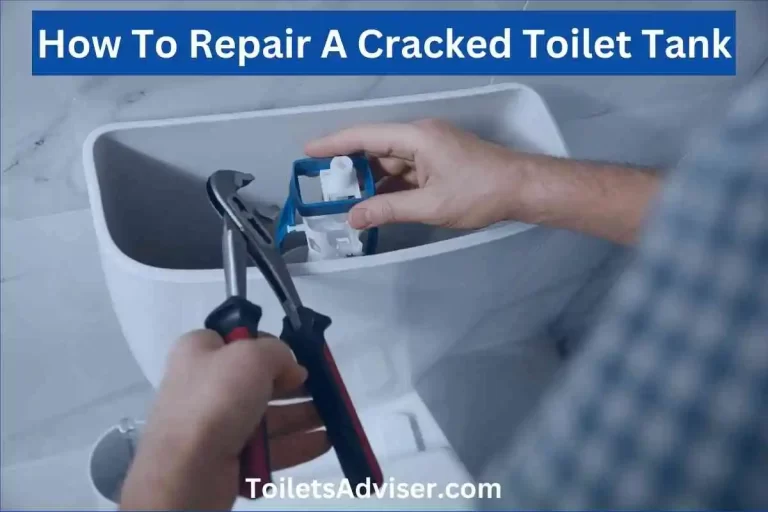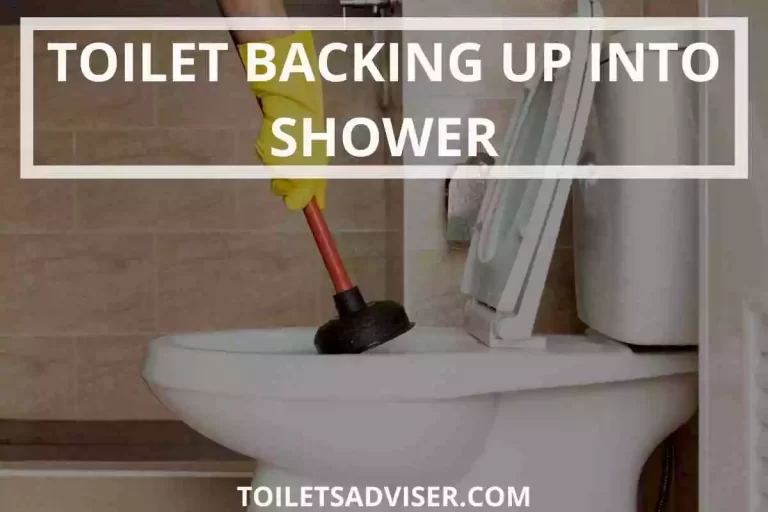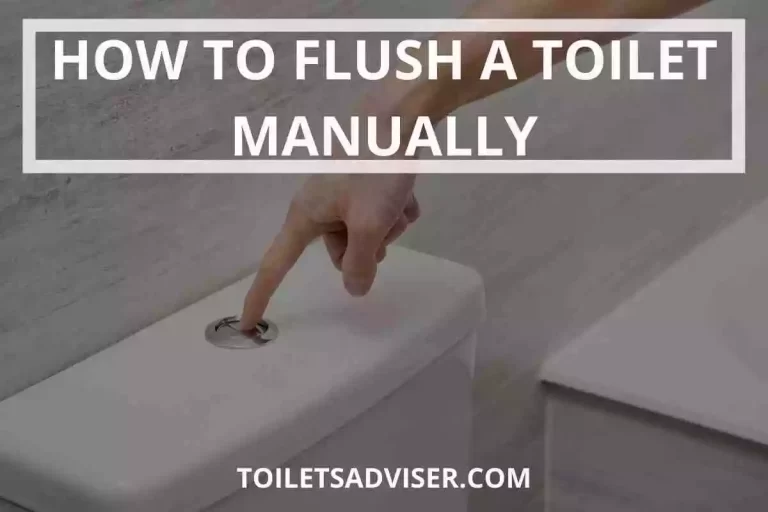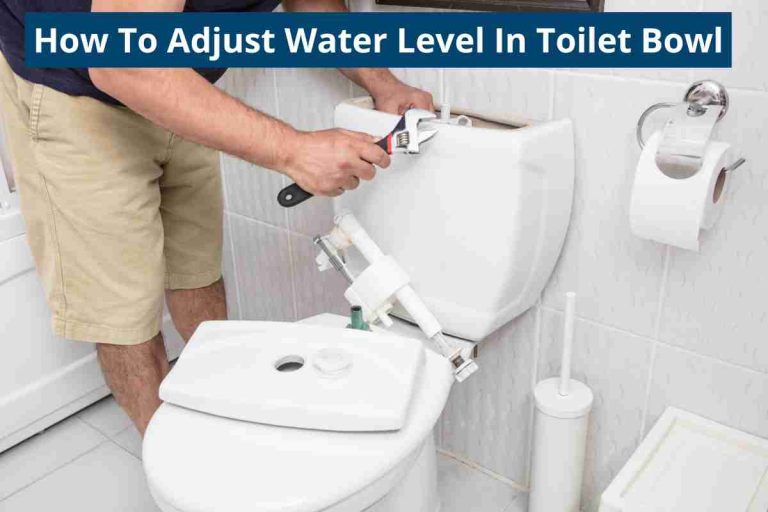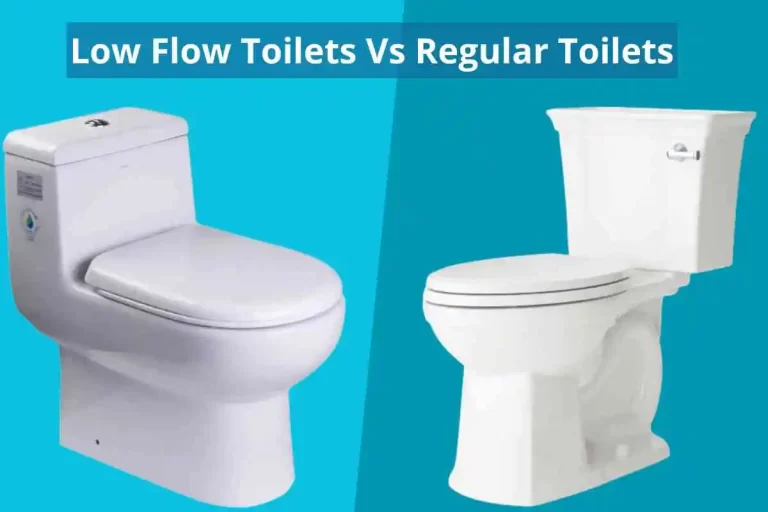How to Clean & Remove Rust Stains From Toilet Bowl 2024
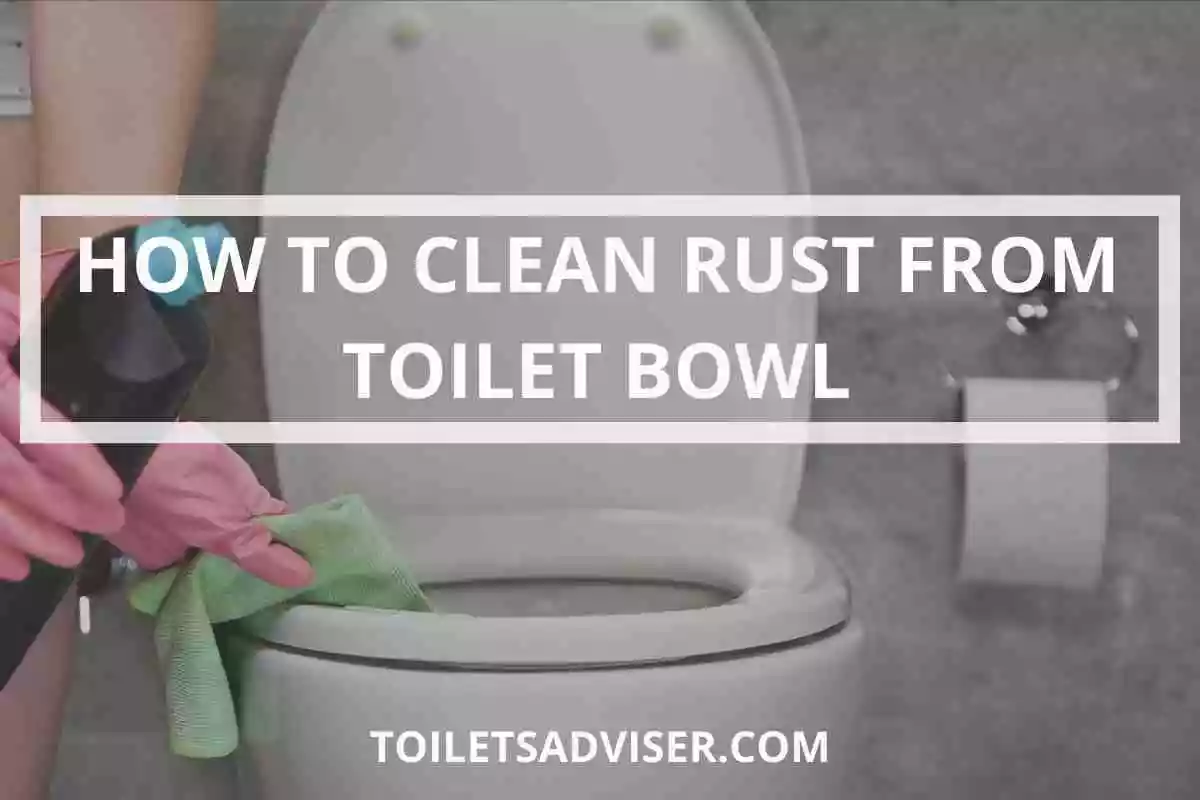
How to clean rust from toilet bowl can be caused by mineral deposits related to the hard water with high iron content. Various rusted parts of the toilet can also cause this, as can rust on metal parts of the tank. Often, stains of this kind can be tough to remove because they have already penetrated the porcelain in your bathroom and have become a recurring problem that it must address.
Mineral deposits in hard water and high iron concentrations can cause rust to appear on the toilet bowl, just like other stains. Various rusted parts of the toilet can also cause this, as can rust on metal parts of the tank. Often, colors of this kind can be tough to remove because they have already penetrated the porcelain in your bathroom and have become a recurring problem that must address;
Table of Contents
How to Clean Rust From Toilet Bowl?
While most stains appear to be very difficult to remove, some solutions are still to be used to remove them. Here are ways to remove rust from the toilet bowl, which you can apply directly.
The toilet ring remover is a simple yet effective and exciting product that will help get rid of stains. It does not require chemicals. Any septic system can clean using elbow grease. You only need to get the special pads, use them vigorously with short strokes, and your toilet will be free of stains and scale in no time.
People May Also Like: Most Comfortable Toilet Seats.
Using Pumice Stick to remove rust stains
Using this scouring stick to clean porcelain toilets will effectively remove rust stains. However, fiberglass toilets should not treat this way; such units relatively frequently in use. To make use of it, you get a bar and wet it down the stained area on your toilet. The result will be a clean and polished bowl because you’ll notice a pumice paste forming while you’re doing this. The final step is to rinse everything thoroughly.
Cleansers for rust removal
If you need to remove rust stains, you should use a scouring cleanser instead of a regular cleanser that contains chlorine bleach. You can get rid of rust and mineral deposits using this powdered cleanser, which comes in liquid form. Besides having oxalic acid as an abrasive, it contains pumice and quartz, which are potent combinations. The thing is that even though such acids are naturally occurring, they are considered poison, which is why you might not want to use them in your septic tank since experts say you shouldn’t wipe out the bacteria there.
If your toilet bowl is stained, you can spray or sprinkle this product on the stained area, then clean it with a plastic scrubber or toilet cleaner. Pour more water into the bowl so that the solution can cover the stained regions adequately. Then flush the toilet with clean water after the bowl has been spotless with the brush.
Other Chemical Cleaners are also helpful.
Over the years, these products have been doing a great job eliminating rust stains on toilet bowls without much elbow grease. It is relatively simple to use them; you simply spray them on, let them sit for a while, then rinse them off. Use these products with caution, though, since they contain about 20% hydrochloric acid. Should not even use septic systems with these products.
The use of Borax Powder in stain removal
Boric acid is present as sodium tetraborate decahydrate in toothpaste and hand soap, according to the International Union of Pure and Applied Chemistry (IUPAC). Using large amounts will have the same damaging effects as using baking soda or table salt. For your safety, you should not use borax in your toilet. Testing it first could result in discoloration, in which case you could use it to clean your bathroom. Pets and children should not have access to it.
Synthetic Vinegar you can use it.
You can use white vinegar instead of toilet bowl cleaners for mild rust buildups. It is a natural disinfectant and deodorizer, as well as being safe and affordable.
The baking soda we use in our homes
You can also remove the rust stains on your toilet bowl by using baking soda or sodium bicarbonate. There is a popular method for cleaning toilets, along with vinegar. Its natural alkaline, crystalline properties help it eliminate stains caused by oil, alcohol, and grease, as well as soften hard water.
You Should be cleaning a toilet bowl regularly.
Most likely, you have overlooked the task of cleaning your toilet when you have used it several times, only to discover that the stains and dirt accumulated on it are already too obvious to ignore. You would have a lot of trouble removing this type of problem if this is the case.
You might consider doing some deep cleaning every week, so you don’t have to worry about rust stains. In the absence of rust stains, you may find this easier. However, you should not neglect to clean your toilet every day simply because this is not a safety issue. Keeping your clean surface helps you to prevent mineral build-up. Then, apply water and scrub the inside of the bowl for several minutes after cleaning it. Read More

Hello, I’m James Christopher, and I’ve spent the better part of the last decade immersed in the world of plumbing, specifically focusing on toilets and their intricacies. My journey into the world of plumbing was filled with twists, turns, and a healthy dose of curiosity.
I vividly recall my humble beginnings as an apprentice in a small plumbing firm. The first time I laid my hands on a wrench and peered into the depths of a toilet tank, I was awed and a little apprehensive. But that sense of curiosity drove me to learn more about these seemingly mundane fixtures.
Over the years, I’ve had the privilege of working on countless toilet installations and repairs. I’ve seen everything from the oldest, most stubborn toilets that seemed like relics from another era to the sleek, modern models with all their advanced features. Each toilet had its unique personality and set of quirks, and it was my job to decode their mysteries.
Toilets are not the most glamorous topic of conversation, but they are essential to our daily lives. We often take a well-functioning toilet for granted, but when things go awry, it can be a real headache. That’s where my expertise comes into play.
Through my years of hands-on experience, I’ve encountered many toilet problems, from the mundane to the downright perplexing. I’ve tackled insurmountable clogs, leaks that left homeowners scratching their heads, and flushing issues that defied logic. But I’ve learned something new with each challenge and honed my skills.
I’m excited to share my knowledge and insights with you through the blog https://toiletsadviser.com/. Whether you’re in the market for a new toilet and need guidance on choosing the right one, or you’re facing a frustrating toilet problem that needs fixing, I’m here to help.
At toiletsadviser, I’ll draw from real-world experiences to provide practical advice and solutions. I’ll demystify the world of toilets, making it easier for you to understand how they work and how to keep them in tip-top shape. I’ve covered you, from reviews of the latest toilet models to step-by-step troubleshooting guides.
